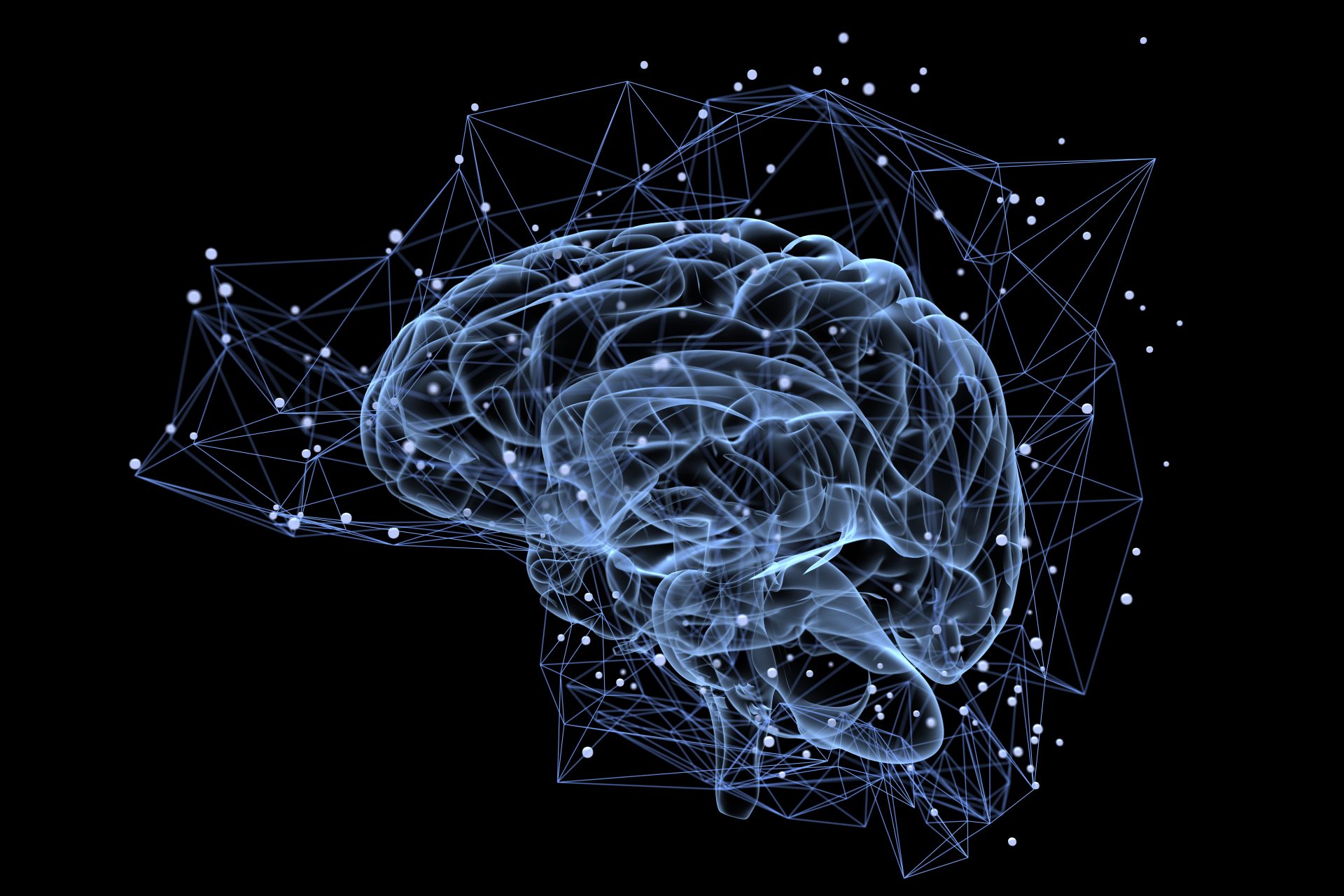-
We investigate the good, the bad and the trippy.
Raise the topic of mind-altering substances and most people will immediately make the leap to illicit or extreme examples, such as cannabis or LSD. But what about the staples everyone buys from the local cafe, bottle shop, or supermarket?
Legal uppers and downers, like caffeine and alcohol, are just as influential on our brains as some restricted drugs and yet they’re not only accepted in contemporary culture, but they’re also worshipped.
Beyond coffee and wine though, there’s a rich history and diversity when it comes to different societies and their favourite brain benders.
Upon landing in Fiji in 1986, Pope John Paul II was immediately handed half a coconut shell full of a muddy elixir, so too were a long list of royals and diplomats before him. Such is the power of kava as a daily ritual around the Pacific Islands. A member of the pepper family, kava is a drug made from ground roots of the plant Piper methysticum. Like alcohol, except without any actual booze, it’s a nervous system depressant. Common effects include feelings of peace and tranquillity. That, and a numb tongue. Kava is available in Australia, but only in restricted doses, because there are concerns long-term use can have toxic effects on the liver.
Further to the west, no one knows exactly where or when the first person took a seed from the fruit of the areca palm and wrapped it in a betel leaf, before sticking it in their gob and chewing. Around South East Asia and Oceanic countries, this unlikely combination, known as betel nut, is a common pick-me-up, popular for the mild euphoria it produces. In Papua New Guinea, where over half the population chew it daily, they typically add mustard fruit and lime powder to get a bigger kick. Something akin to chewing tobacco, the bright red concoction is known to cause oral cancer.
A plant found more commonly nowadays, cannabis has hundreds of nicknames depending on which country you’re in. The most popular? Marijuana. Inhaled for centuries, the cannabis plant can also be infused into food ingredients and eaten. Despite being illicit in most nations, it’s hugely popular for both its psychoactive and physiological effects, which include euphoria and deep relaxation. Downsides are short-term memory loss and negative impacts on the heart, lungs and mental health. Advocates like to champion its medicinal applications, which have been found to help ease nausea and vomiting in chemotherapy. Opponents claim it’s the gateway to ‘harder’ drugs.
"Inhaled for centuries, the cannabis plant can also be infused into food ingredients and eaten."
How do you define the word ‘hard’ though? Would that mean a horribly bitter drug, containing white crystalline xanthine alkaloid? One with common side effects that include nervousness, irritability, insomnia, heart palpitations and headaches? One where most who try it become daily users and physical dependence isn’t uncommon? No, we’re not talking about smack, just good old caffeine. Most commonly extracted from the seed of the coffee plant and leaves of the tea bush, caffeine can literally kill a person, although a lethal dose would mean drinking between 80 and 100 espressos.
Despite all this, people love the buzz (which actually works, not by increasing neurotransmitters like dopamine, but by blocking the sleep-inducing neurochemical called adenosine). Just one of the reasons caffeine is by far the world’s most popular psychoactive substance.
On the topic of beverages, blue lotus tea, brewed from the flower of the Nymphaea caerulea plant is increasing in popularity due to its hypnotic, sedative effects. Thought to have been used in ancient Egyptian rituals, the flowers were found scattered over the body of Tutankhamun when they opened the Pharaoh’s tomb in 1922. Since found to share one of the active ingredients in Viagra, some people claim a cuppa made from blue lotus can heighten sexual pleasure as well as produce a mellow, dream-like state.
Climbing up the scale of natural hallucinogens, psilocybin, the active ingredient in ‘magic mushrooms’, belongs to the same chemical family as lysergic acid diethylamide, or LSD. Growing naturally in various parts of the world, the fungus has a long history in ancient cultures and religious ceremonies. Along with vivid hallucinations, users often report sensations of “expanded consciousness” and feeling “connected with everything”. This has led contemporary scientists to study if controlled doses of psilocybin might be able to alleviate symptoms of depression by allowing patients to change rigid patterns of thinking.
So, could some of these regional creations eventually be used and accepted around the world? There are signs that interest is, er, growing. Late last year, London’s Royal Botanic Gardens gave visitors the opportunity to try four mind-altering plants for themselves. Along with samples of betel nut, kola nut, raw guarana and blue lotus tea – each consumed for centuries as far afield as the Middle East to the jungles of South America – they held workshops that explored the history and cultural significance of each plant.
British foodsmiths Bompas & Parr helped facilitate the venture, which they aimed at “adventurous types seeking spiritual enlightenment”. Might sound fun, but the message went deeper. “This is a serious endeavour that provokes participants to think again about societal attitudes to drugs,” stated toxicologist Dr Nick Edwards. Candid and practical, the workshops discussed substances on both sides of the legal divide. The results were mixed, due to people’s different tastes and perspectives, but the fact that it was held in such a mainstream setting appears to be proof that our history of experimentation with these substances will continue far into the future.
Forces of nature

-
How is ‘phubbing’ hurting your relationships?
Here’s how to stop phubbing and be more mindful of your phone habits, to help improve face to face interactions with your family and friends.
-
Are the winter blues real?
Simple ways to boost your mood in winter.
-
Mental fitness explained
Just as you work to strengthen your body, your mental health deserves attention and exercise too.
-
The link between stress, anxiety and jaw pain
Physiotherapist Michael Chan explains how stress and anxiety can cause jaw pain, and how to help get some relief.
-
When you can't sleep next to your partner
You love everything about them – except their sleep habits.
-
The 7 best sleep apps
7 apps for deep restorative sleep
Subscribe to receive the best from Live Better every week. Healthy recipes, exercise tips and activities, offers and promotions – everything to help you eat, move and feel better.
By clicking sign up I understand and agree to Medibank's privacy policy




.jpg)

